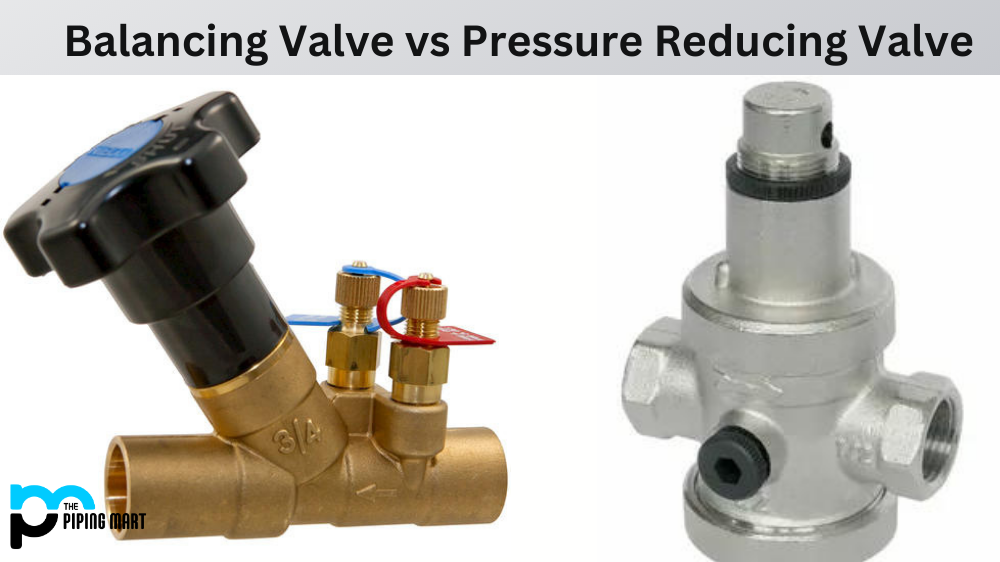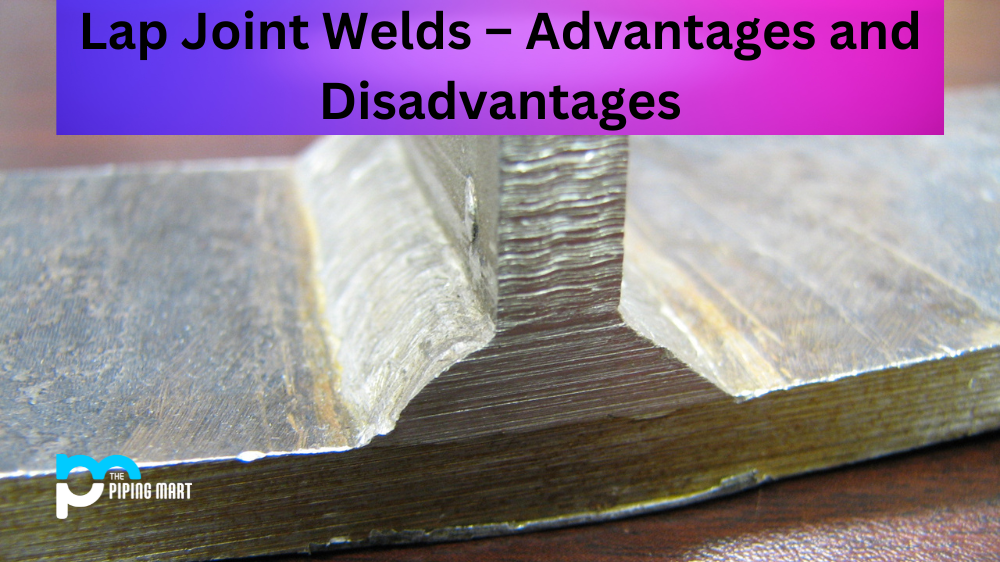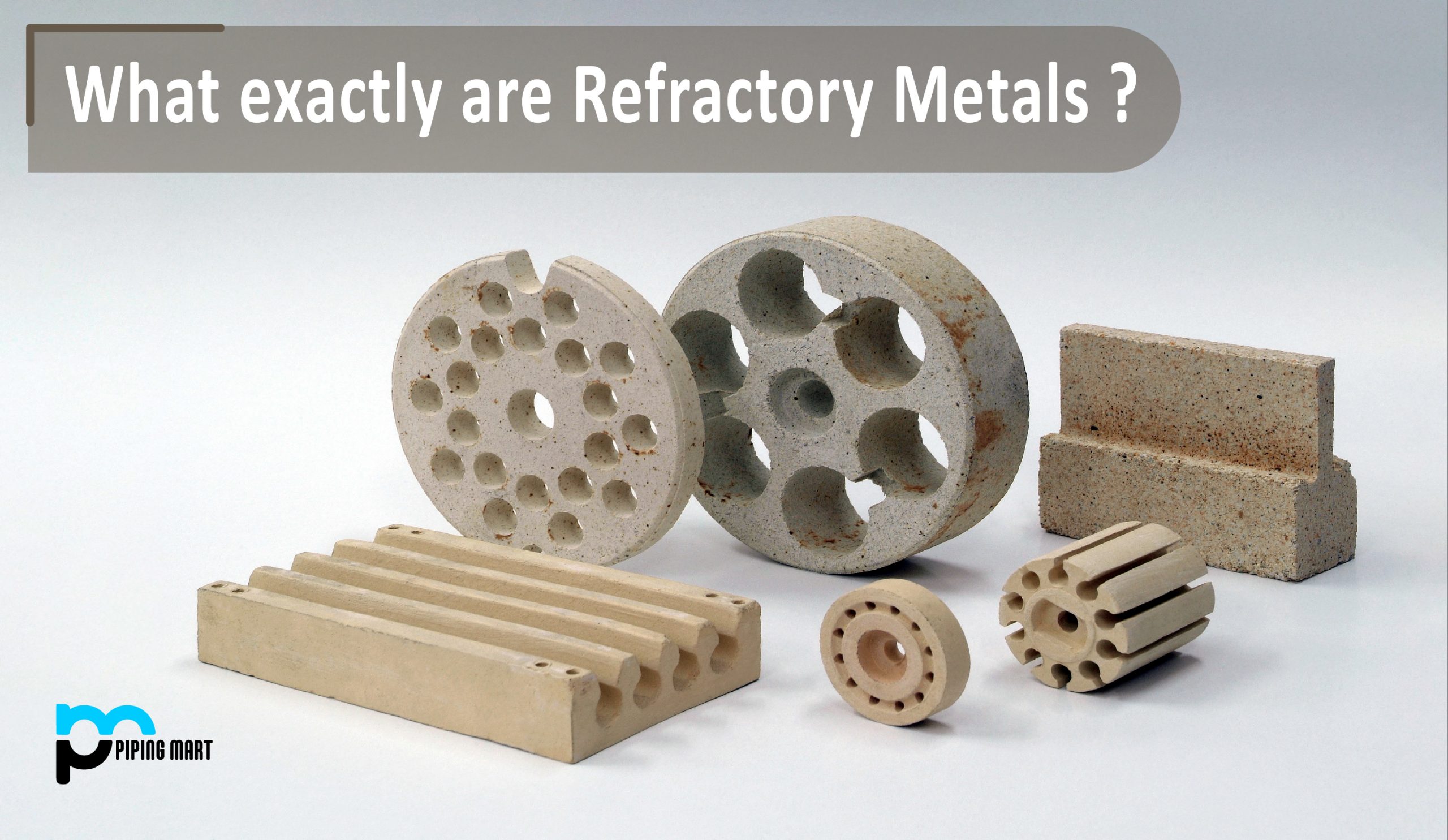Valves are mechanical devices used to manage and control the flow of fluids, such as water and gas, through pipes. Different valves are available in the market, each serving another purpose. Two of the most commonly used valves are balancing and pressure-reducing valves. This post will discuss the differences between balancing and pressure-reducing valves and their importance in plumbing and heating systems.
Balancing Valve
A balancing valve is a type of valve used to regulate fluid flow in a plumbing or heating system. It is mainly used to balance the flow rate of fluids in different parts of the system. Balancing valves work by restricting or increasing flow according to the need of the system and its components. Balancing valves are essential for maintaining the efficiency and performance of your plumbing or heating system. These valves can be installed in various system parts, such as the return line, supply line, and distribution manifold.
Pressure Reducing Valve
A pressure-reducing valve is another type used in plumbing and heating systems. This valve controls the water pressure that enters a plumbing or heating system. If the water pressure entering the system is too high, it can cause damage to the pipes, fixtures, and appliances. Pressure-reducing valves work by reducing the stress of the incoming water supply to a safe level that does not cause harm to the plumbing system. These valves can be installed in the main water supply line or at the point of use.
Differences Between Balancing Valve and Pressure Reducing Valve
The primary difference between balancing valves and pressure-reducing valves is their function. While balancing valves are used to balance the flow rate of fluids in a plumbing or heating system, pressure-reducing valves reduce the pressure of the incoming water supply to a safe level. Another difference between these two types of valves is their installation location. Balancing valves are installed in various parts of the system, while pressure-reducing valves are installed in the main water supply line or at the point of use.
How do Balancing Valves Work?
Balancing valves work by regulating water flow through a heating or cooling system. The valve is placed in the system’s main line and controls the water flow to the system’s components. By controlling the flow of water, the balancing valve ensures that each element receives an equal amount of water, which helps to prevent damage to the system and improve its efficiency.
How Do Pressure-Reducing Valves Work?
Pressure-reducing valves work by regulating the pressure of water in a piping system. The valve is placed in the piping system’s main line and controls the water’s force on the piping system’s individual components. By controlling the power of water, the pressure-reducing valve helps to prevent damage to the piping system and improve its efficiency.
Benefits of Using a Balancing Valve?
Some benefits of using a balancing valve include preventing damage to a heating or cooling system, improving system efficiency, and ensuring that each component receives equal water.
Benefits of Using a Pressure-Reducing Valve?
Some benefits of a pressure-reducing valve include preventing damage to a piping system, improving system efficiency, and ensuring that each component receives equal water pressure.
Disadvantages of Using a Balancing Valve?
There are no known disadvantages to using a balancing valve. However, it is essential to note that a balancing valve can cause problems with a heating or cooling system if not installed correctly. Therefore, it is necessary to consult with a professional before installing one.
Disadvantages of Using a Pressure-Reducing Valve?
- There are no known disadvantages to using a pressure-reducing valve
- Importance of Balancing Valve and Pressure Reducing.
Valve
Balancing valves and pressure-reducing valves play a crucial role in maintaining the efficiency and functionality of your plumbing and heating systems. Balancing valves ensure the fluid flow rate is balanced so that each system part receives adequate fluid. This prevents any part of the system from being overworked, leading to efficiency loss and increased wear and tear. Pressure-reducing valves are equally important, as they avoid damage to the pipes, fixtures, and appliances by regulating the water pressure entering the system.
Conclusion
In summary, balancing valves and pressure-reducing valves are essential for maintaining the efficiency and functionality of your plumbing and heating systems. They play different roles in regulating fluid flow rate and preventing damage due to high water pressure. Understanding the differences between the two types of valves and their importance can help you ensure that your plumbing and heating systems operate smoothly and efficiently. Regular maintenance and upkeep of these valves can prevent unexpected breakdowns and save you significant money in repair and replacement costs.

Pipingmart is a B2B portal that specializes in metal, industrial and piping items. Additionally, we share the latest information and information about materials, products and various types of grades to assist businesses that are involved in this business.




